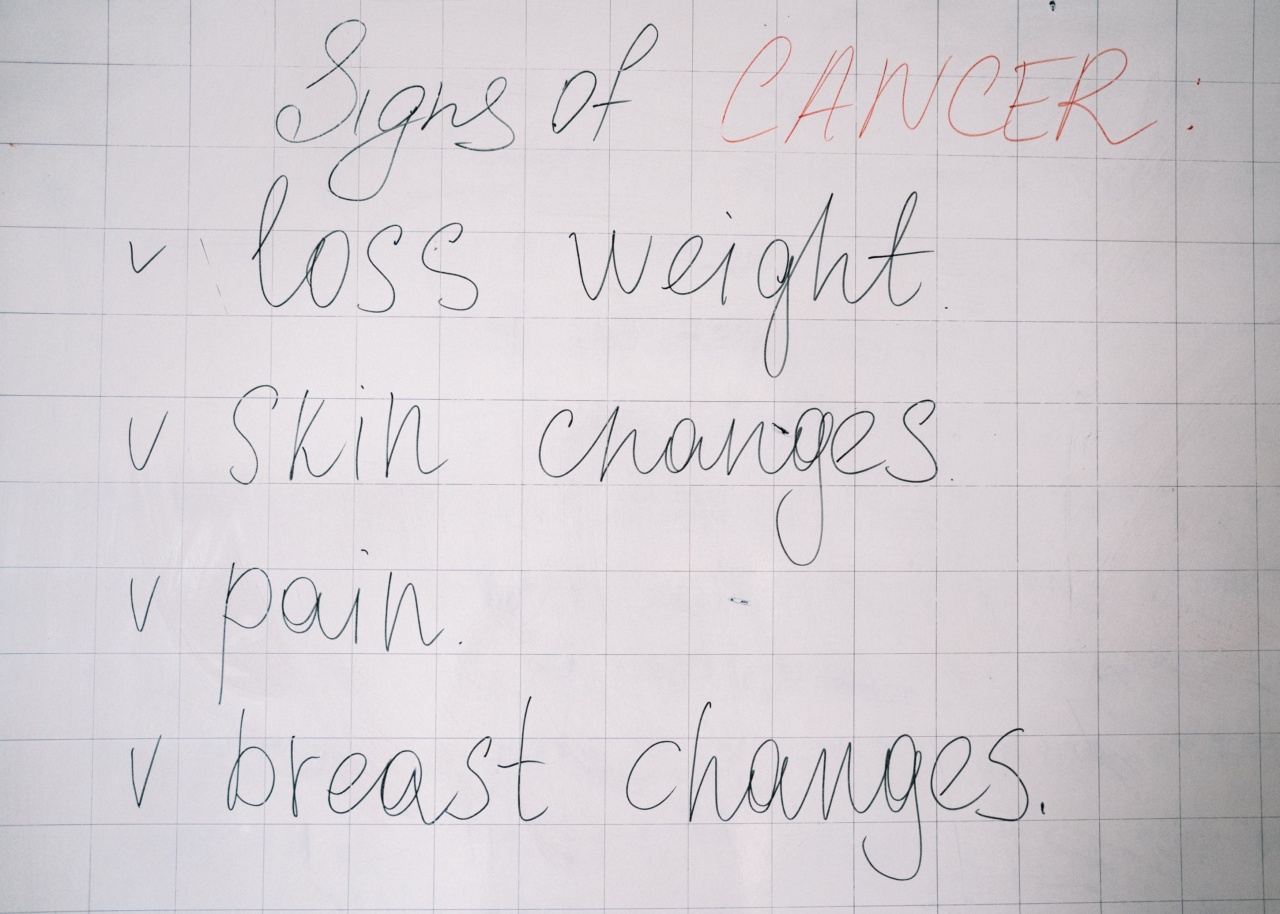A stroke occurs when the blood supply to the brain is disrupted, either by a blood clot (ischemic stroke) or a ruptured blood vessel (hemorrhagic stroke).
This interruption prevents the brain cells from getting the necessary oxygen and nutrients, leading to their damage or death. Strokes can have severe consequences and are a leading cause of disability and death worldwide.
Types of Strokes
1. Ischemic Stroke:.
When a blood clot blocks or narrows the arteries supplying blood to the brain, it can cause an ischemic stroke. This type of stroke is the most common, accounting for about 80% of all strokes.
2. Hemorrhagic Stroke:.
A hemorrhagic stroke occurs when a blood vessel in the brain ruptures and bleeds into the surrounding tissue. This type of stroke is less common but generally more severe.
Recognizing the Symptoms of a Stroke
It is crucial to be aware of the common symptoms of a stroke to seek immediate medical help. The sooner medical treatment is provided, the better the chances of minimizing damage and improving recovery. Remember the acronym FAST:.
Face:
A drooping or uneven smile is a significant sign of a stroke. If one side of the face is drooping or numb, it is crucial to seek medical attention.
Arms:
Weakness or numbness in the arms, especially if it is limited to one side, can be a symptom of a stroke. Inability to raise both arms or keep them raised without drifting downward is a cause for concern.
Speech:
Difficulty speaking or understanding speech can indicate a stroke. Slurred speech, speaking incoherently, or using inappropriate words are all warning signs that should not be ignored.
Time:
Time is of the essence when a stroke is suspected. Speedy medical intervention is crucial to minimize the damage caused by a stroke. Call emergency services immediately if you or someone around you exhibits any of the above symptoms.
Other Symptoms of a Stroke
While the FAST acronym can be helpful in recognizing a stroke, it is important to note that there can be other symptoms as well. These may include:.
1. Sudden Severe Headache:
A sudden onset of an intense headache, especially if accompanied by dizziness, nausea, or vomiting, may indicate a stroke.
2. Vision Problems:
Blurred vision, double vision, or sudden loss of vision can be symptoms of a stroke. These visual disturbances can affect one or both eyes.
3. Confusion or Trouble Understanding:
Sudden confusion, disorientation, or difficulty understanding others can be indicative of a stroke.
4. Difficulty Walking or Loss of Coordination:
A stroke can cause sudden loss of balance, coordination, and dizziness, making it harder to walk or maintain stability.
5. Numbness or Weakness:
One side of the body may become weak or numb, making it difficult to move, grasp objects, or perform everyday tasks.
6. Difficulty Swallowing:
Stroke can affect the muscles responsible for swallowing, leading to difficulty in eating or drinking.
Seek Immediate Medical Help
If you or someone around you experiences any of these symptoms, do not delay seeking medical help. Remember that every minute counts, and prompt treatment can significantly improve the chances of recovery.
Conclusion
Strokes are medical emergencies that require immediate attention. Being aware of the symptoms and acting quickly can be life-saving. Remember, FAST: Face drooping, Arm weakness, Speech difficulties, and Time to call emergency services.
Additionally, watch out for other symptoms such as severe headache, vision problems, confusion, difficulty walking or coordination, numbness or weakness, and swallowing difficulties. Stay vigilant, take care of your health, and spread awareness about the importance of recognizing stroke symptoms.




























